What Is It?
Skychaser was a Project on Kickstarter that was fully funded in less than 24 hours and was on the featured projects page for comics and illustration. By the end of the campaign, the project was 221% funded and had surpassed two stretch goals. The project itself was a short zine about a little girl flying through clouds, surrounded by jellyfish. The project also featured a Limited Edition Print where only 100 copies were made.
The Problem
To successfully run a crowdfunding campaign that features diverse characters and combines traditional and digital publishing aspects.
Another unforeseen problem was the COVID-19 Pandemic. COVID-19 was impacting traditional publishing and shipping costs, making it more difficult for individual creators to get products to consumers.
The Goal
To run a small yet successful Kickstarter campaign.
Responsibilities
Research, Visual Design, Graphic Design, Project Management, Marketing, and Packaging/Distribution
Tools





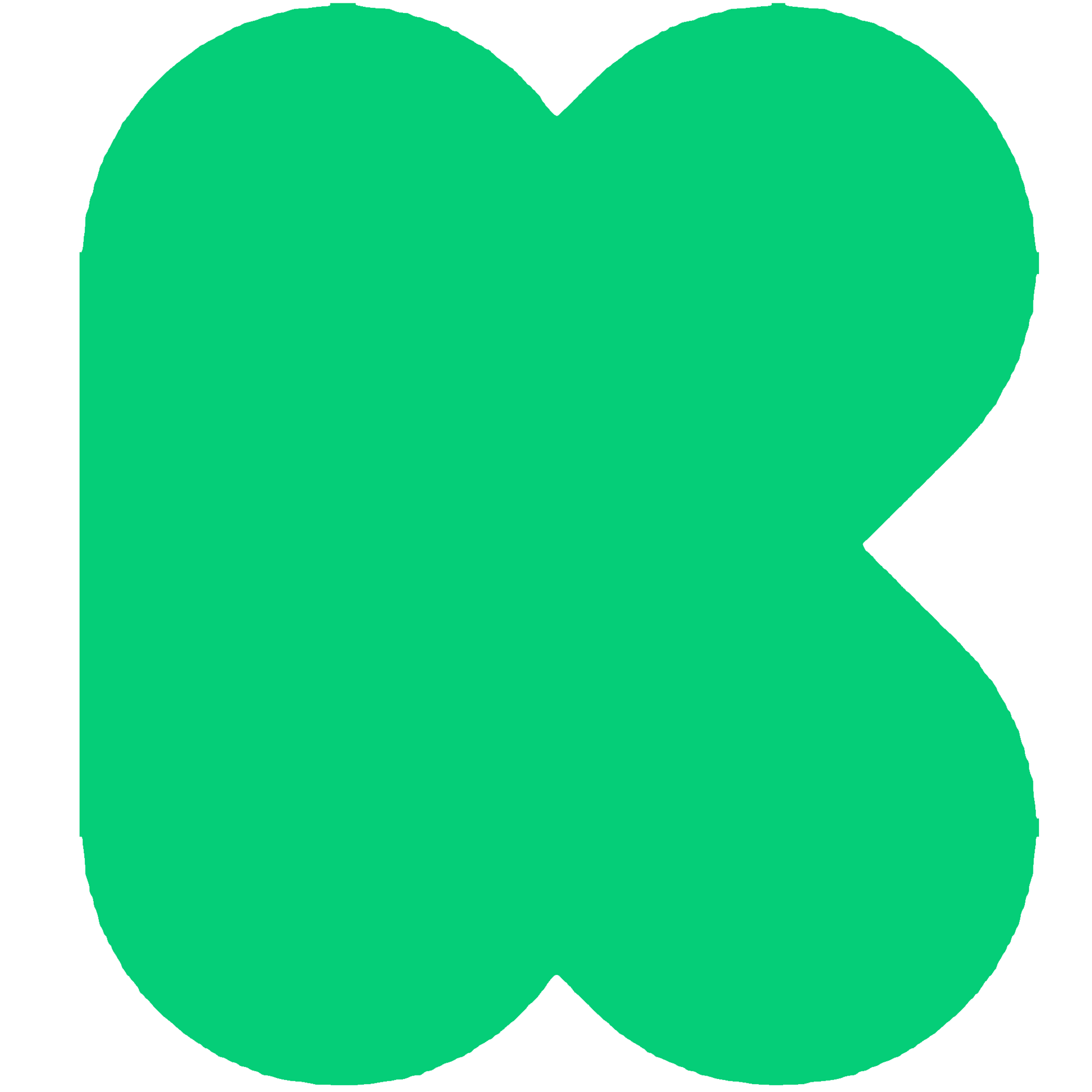
Platforms



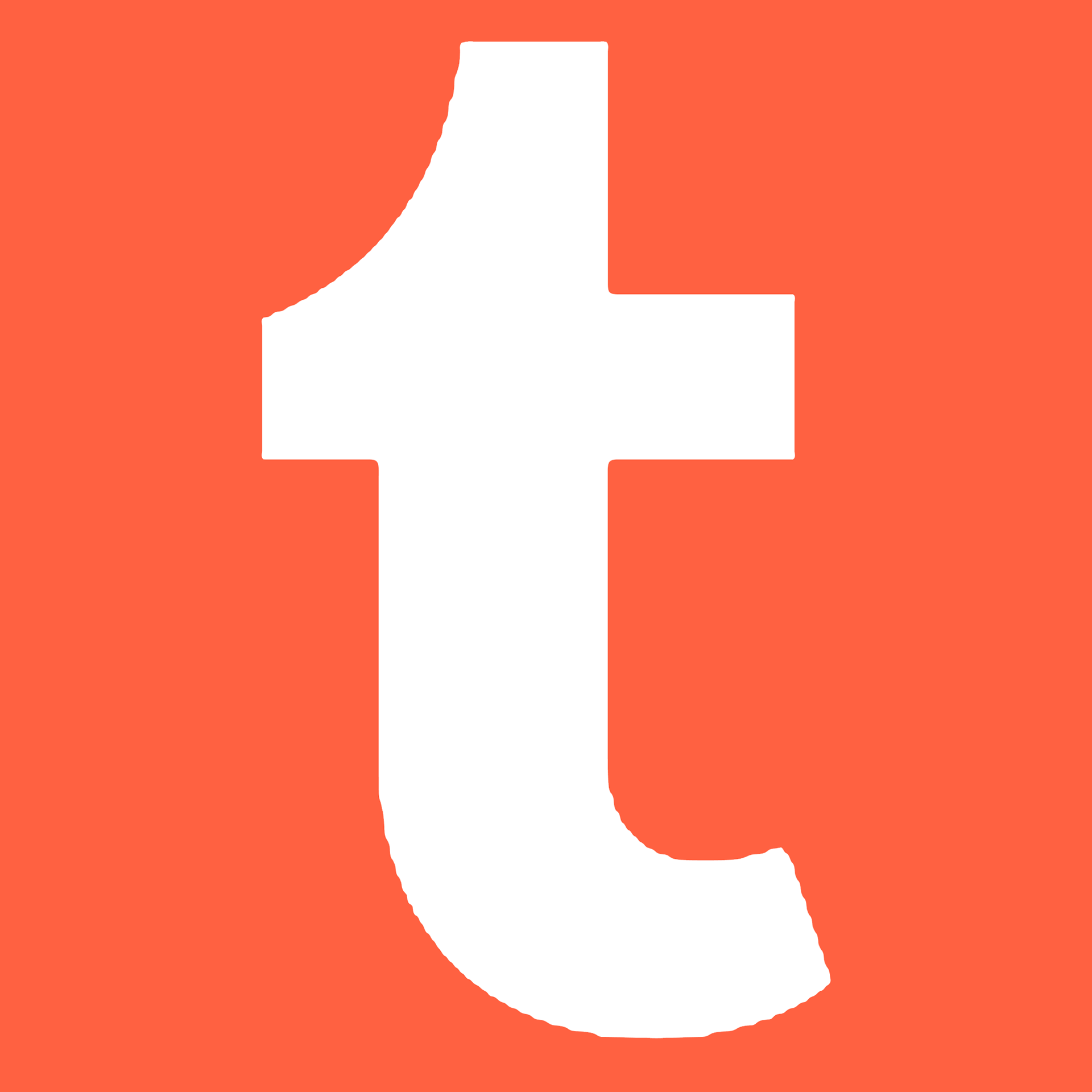
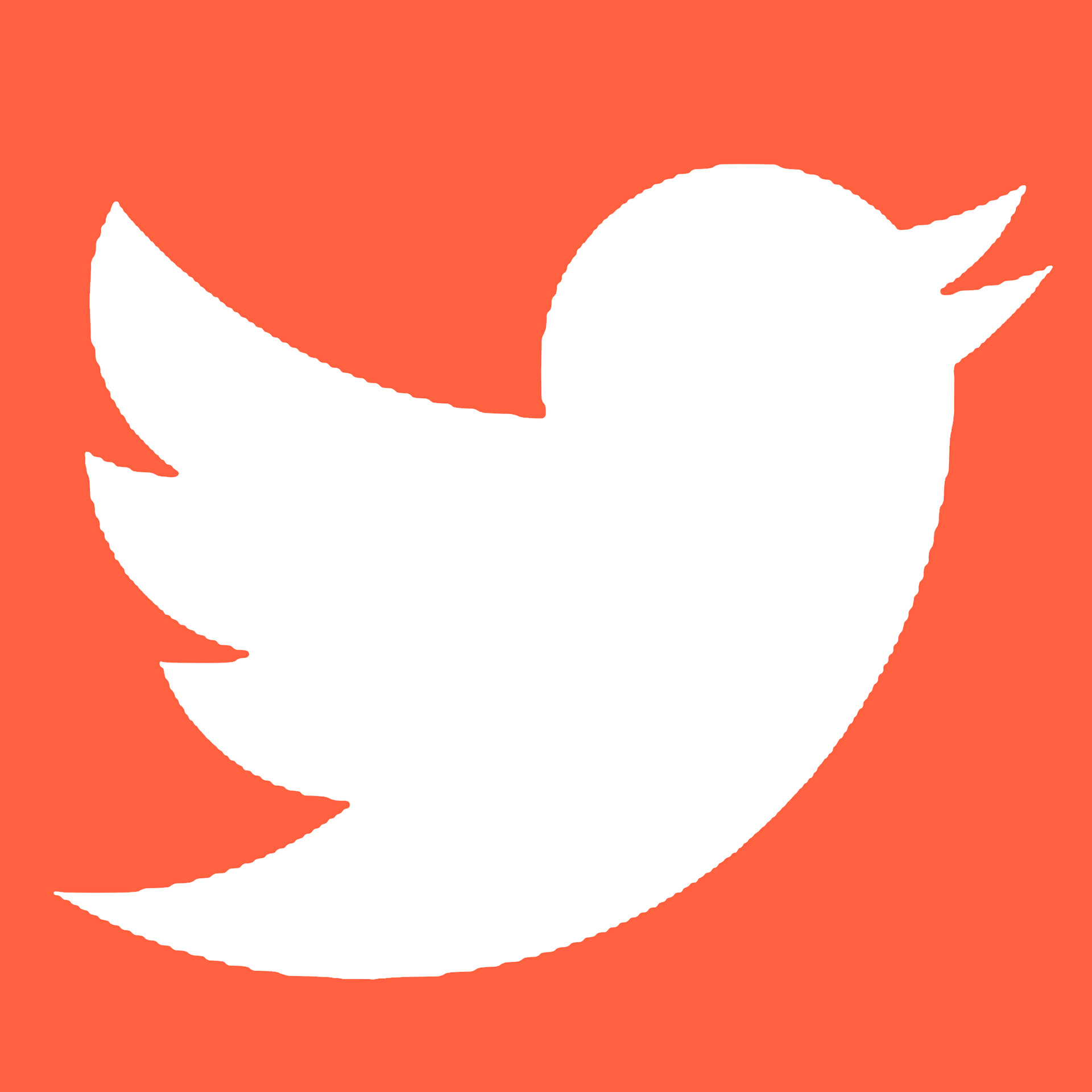
The process of creating this Kickstarter project started after I contacted Kickstarter’s Publishing & Comics Team Lead at the time. They asked me to participate in the Kickstarter Make 100 Challenge, which happens annually in January. This challenge is an icebreaker for a first time Kickstarter project, so I wanted to participate.
I decided to do a limited edition print and a short zine that can accompany it. To make this product stand out, I will incorporate motion illustrations for all of the artwork and the limited edition print.
Artwork
Afterwards I worked on the artwork that'll be in the zine:
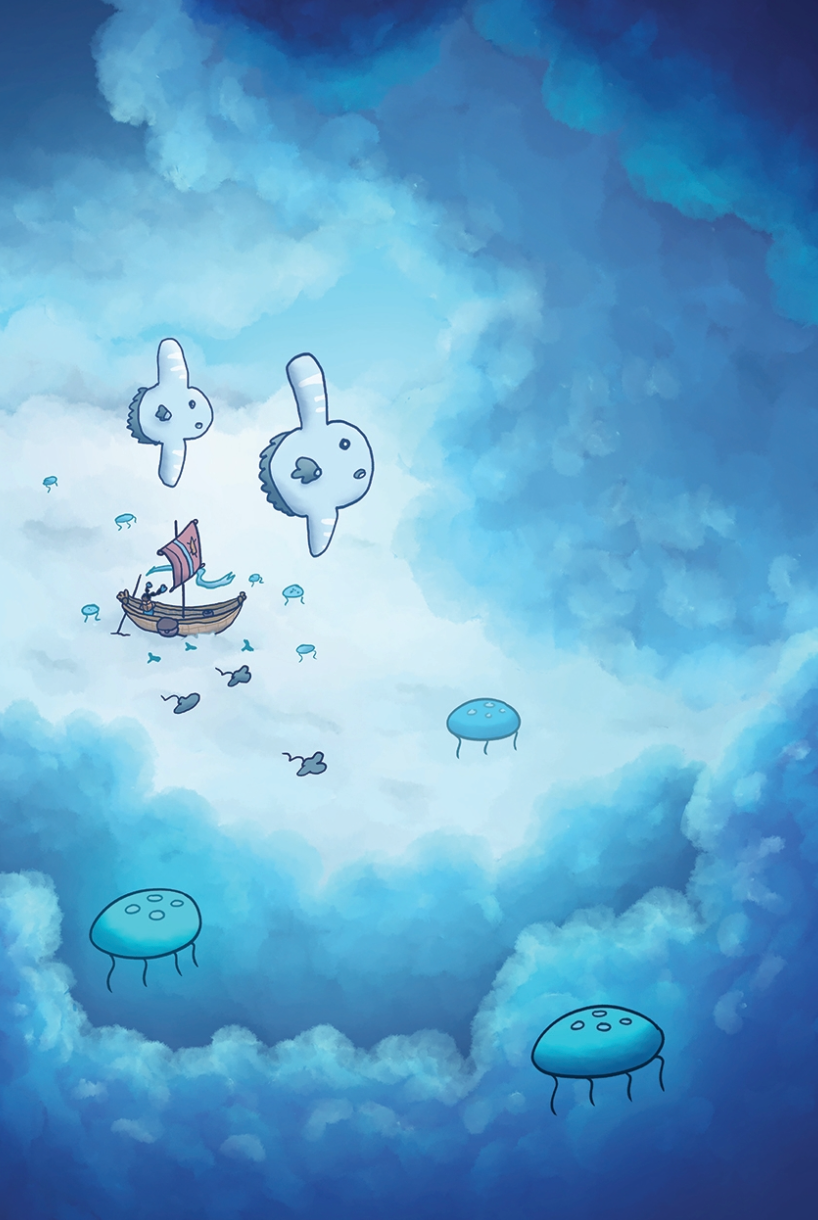
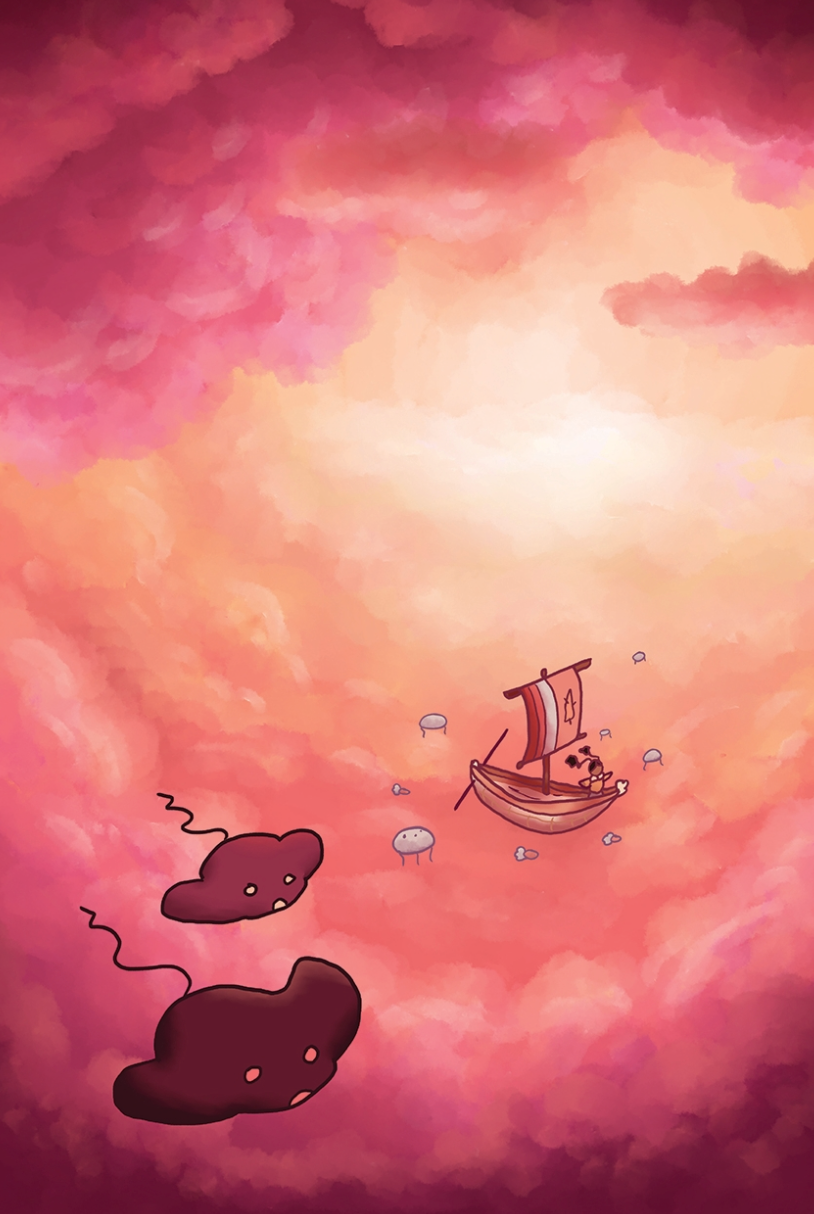
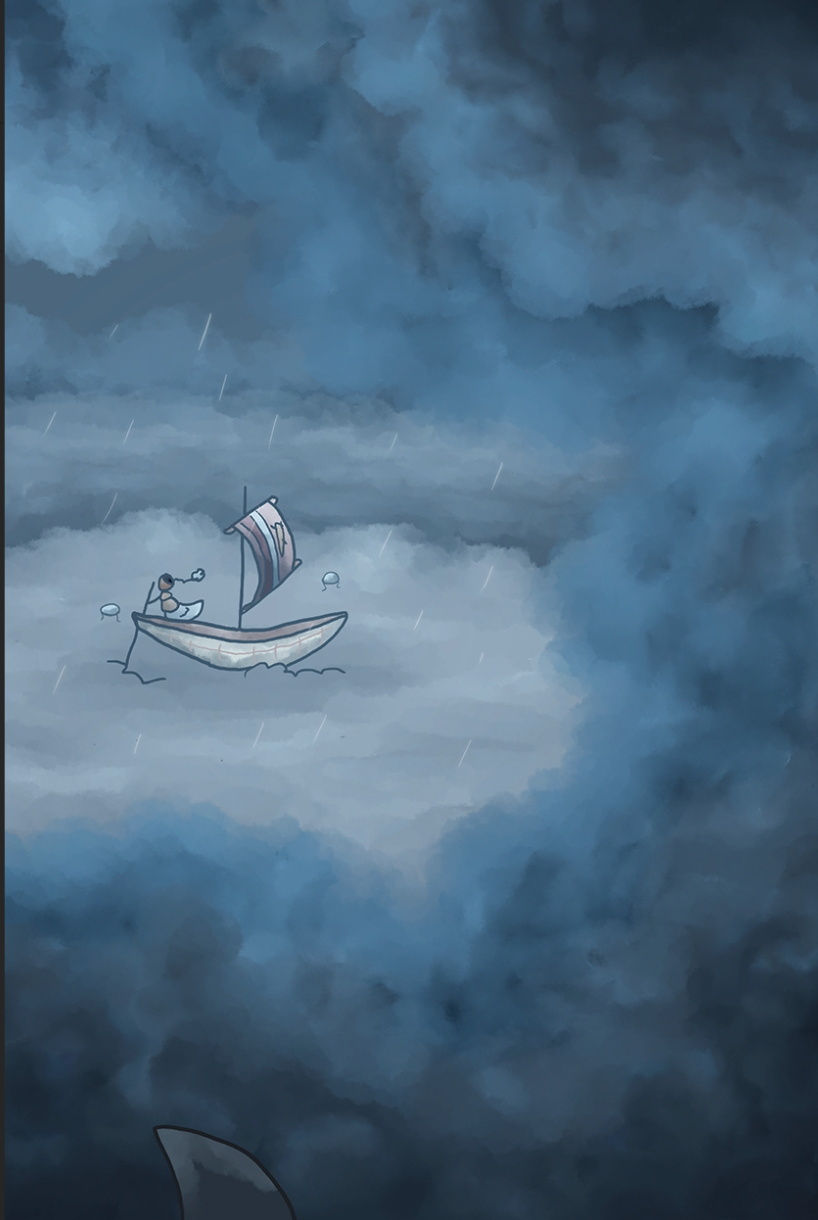
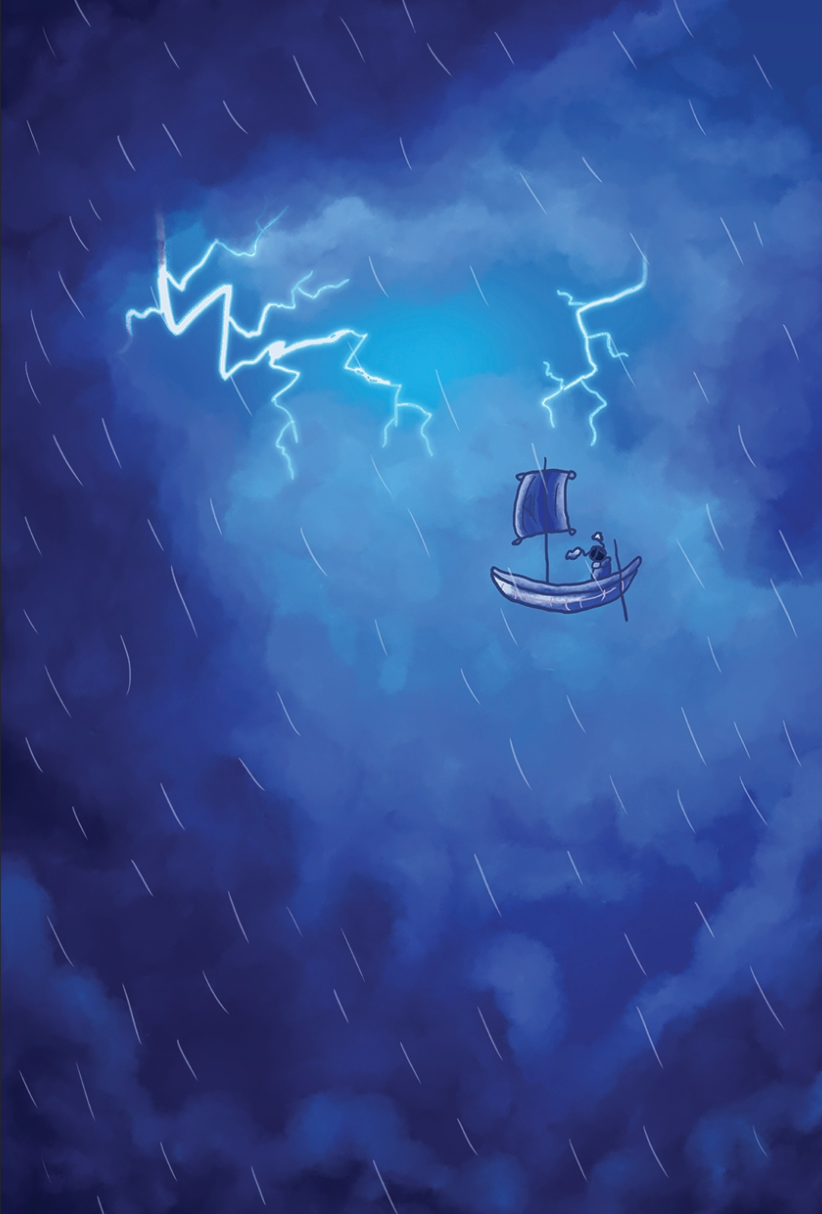
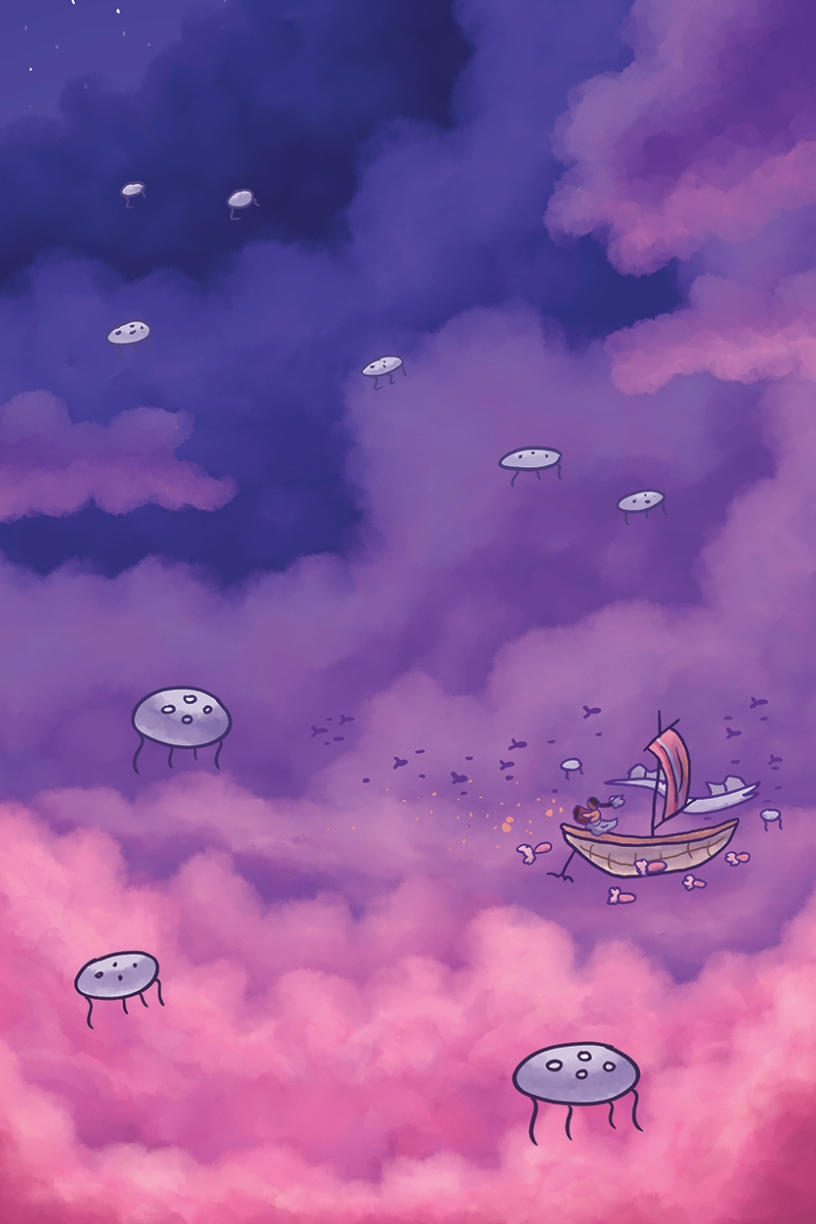
Planning Out The Project
After finishing the motion illustrations, zine, and limited edition print, I had to calculate the costs of producing these products, shipping them, and buying shipping materials. Once I figured out the base cost for everything, I was able to make a funding goal.
55% of the funds would be used for 100 copies of the Skychaser Zine, along with the shipping and handling for the zines from Orlando, Florida (where the comic printer company is located) to the West Coast.
30% of the funds were used to print 100 copies of the limited edition print, which was printed on 120-lb paper and had a matte finish.
15% of the funds were used for extra fees. %5 went to Kickstarter itself, while the remaining 10% was going to be backup money for international shipping costs. That came in handy when I started shipping the product in March 2020.
After that, I started researching companies that could print the zine and the artwork. I decided to go with Ka-blam Digital Printing to print the zines due to their great reviews and prices and a local print shop I had collaborated with previously to make the artwork.
Once I had the numbers down, I had to decide on the tiers I would offer and create promotional material. According to Kickstarter Trends and Pricing, the $25 tier is the most popular, so I will base other tiers on that.
The Kickstarter
During the course of the campaign 42% of the backers came from Kickstarter and the other 57% came from external referrers and links. 34% of the backers that supported the campaign came from Facebook and Twitter links.
By far the most popular tier during the project was the $25 Tier, where backers got the print and zine. This also makes sense because Kickstarter has stated in the past that $25 is BY FAR the most popular for most projects. The Digital Rewards Tier ($5) and The Print Tier ($10) were both tied as the second most popular tier, while the Tip Jar ($1) was the least popular out of all 6 Tiers.
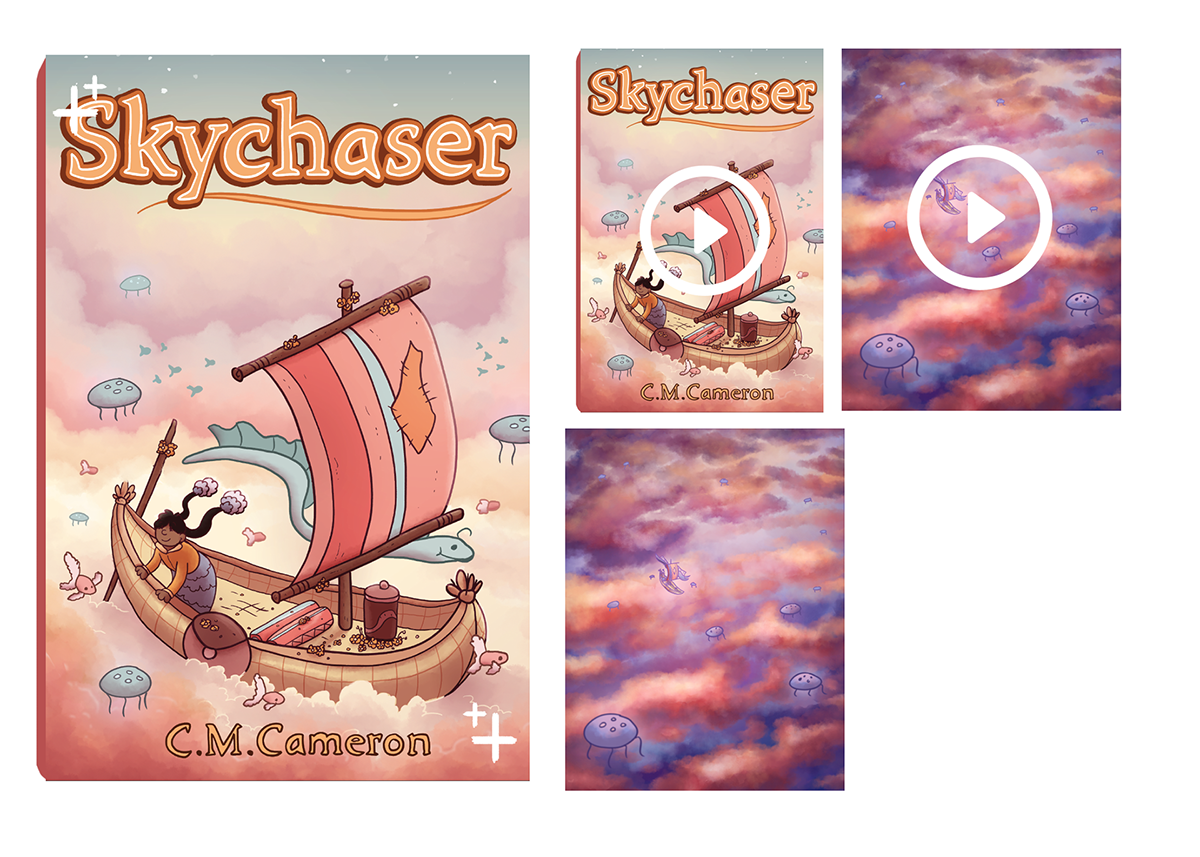
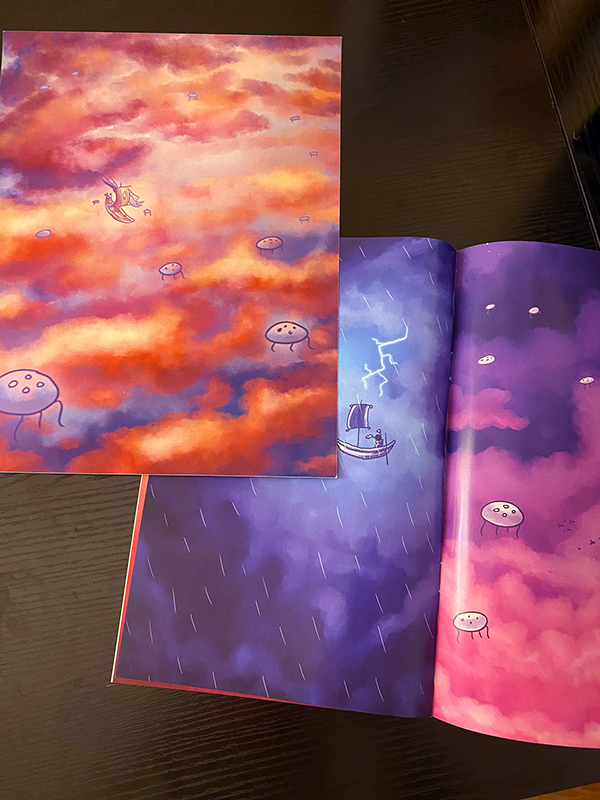
What I Learned
I personally learned a lot from tackling this project. Some of the soft skills I learned were:
- How to research and prepare for a crowdfunding project.
- How to communicate with full sales production companies?
- How to manage my time properly to ensure I finished the project on time and got the product into the hands of my backers in a timely manner.
One of the big things I learned from this project was how expensive international shipping is. I had prepared the costs based on the weight/dimensions of the packages. However, due to a global pandemic, I didn't anticipate prices to skyrocket. Next time I tackle a project like this, I will make sure to incorporate a decent percentage into the project just in case there are surprise shipping costs, especially for larger-scale projects.
Another thing I learned was that if something is happening globally, it may impact how long it takes to get the funding from a campaign, which impacts the schedule for printing products and shipping to international backers. I now know to be flexible in my schedule.